Citric Acid Manufacturer
Citric acid is widely used in various food presses due to its properties as an acidulant, preservative, and chelating agent.
Our citric acid is available in both anhydrous (water-free) and monohydrate (containing one molecule of water) powder forms with various mesh sizes.
- 8~100 or custom mesh
- 3-years shelf life
- Compliant with BP/USP/FCC
- With all necessary certifications
We can provide you with a complete purchasing solution if you need to wholesale powdered citric acid.
Types Of Citric Acid
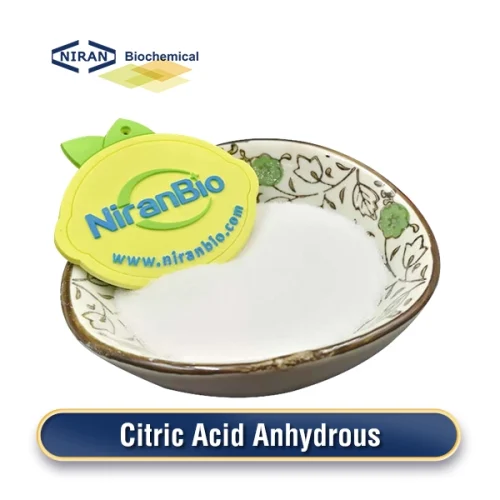
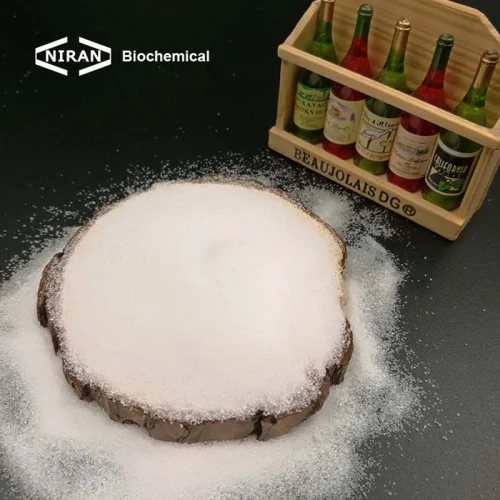
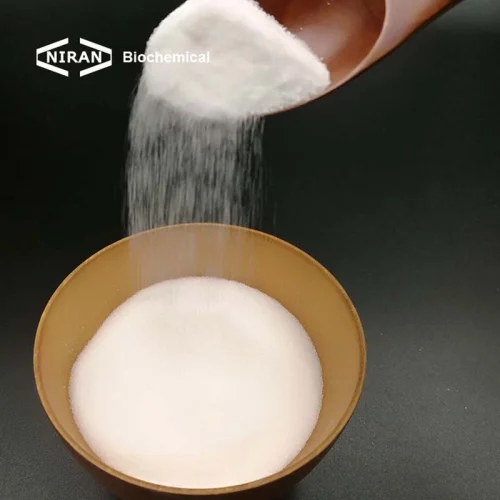
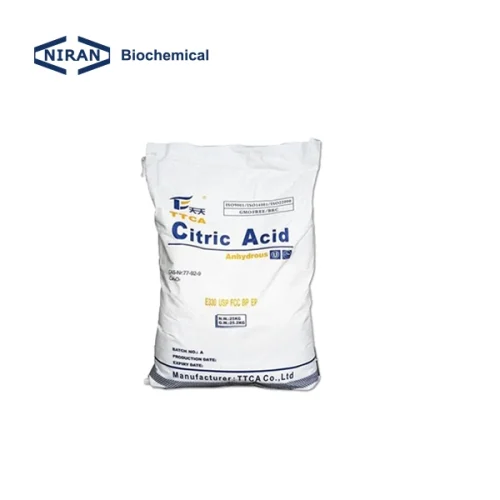
Citric Acid Anhydrous
- Formula: C₆H₈O₇
- Regular Mesh: 12-40/30-100/20-50/30-80/8-30/16-40.
- Structure: Citric acid without water molecules.
- Appearance: White crystalline powder.
- Water Content: Contains no water of crystallization.
- Solubility: Highly soluble in water.
- Melting Point: About 153°C.
- Storage: Less hygroscopic (absorbs less moisture) than the monohydrate form, making it easier to handle and store in humid environments.
- Cost: Generally a bit more expensive due to the additional water removal.
- Application: Typically used in food and beverage industries as acidulant, preservative, buffering agent, chelating agent, flavor enhancer, emulsifying agent.
Citric Acid Monohydrate (E330)
- Formula: C₆H₈O₇·H₂O
- Regular Mesh: 8-40/8-80.
- Structure: Citric acid with one molecule of water.
- Appearance: White crystalline powder or granules.
- Water Content: Contains one molecule of water of crystallization.
- Solubility: Slightly less soluble in water compared to the anhydrous form, but still highly soluble.
- Melting Point: Decomposes at around 135°C.
- Storage: More hygroscopic, which means it can clump if not stored properly.
- Cost: Generally a bit more expensive due to the additional water removal.
- Application: Typically used in food and beverage industries as an acidity regulator, flavor enhancer, preservative, chelating agent.
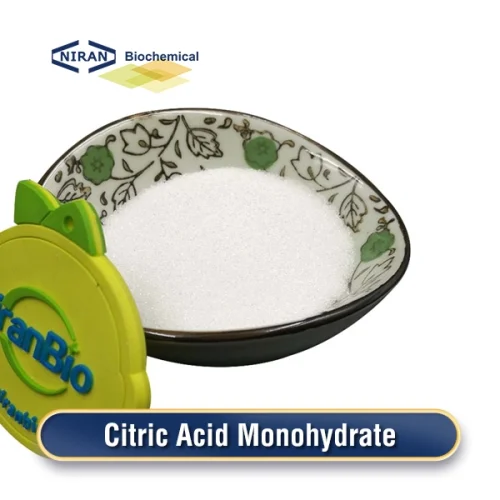
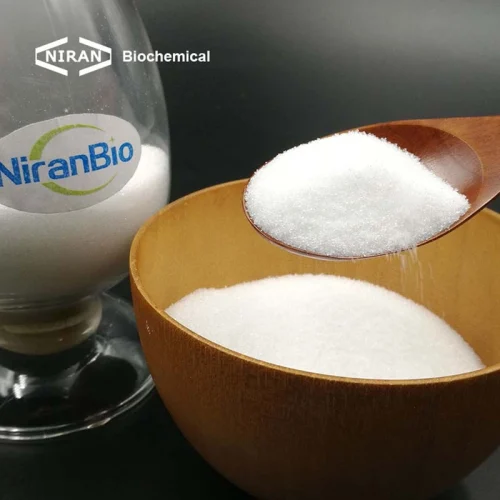
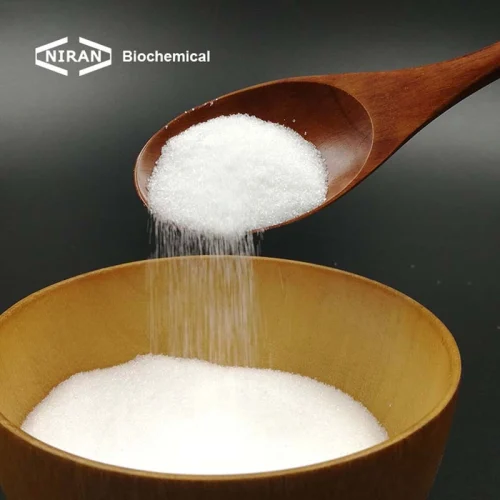
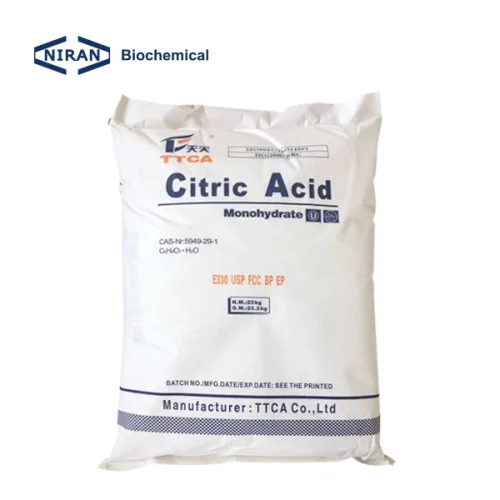
FUNCTIONS OF CITRIC ACID
Citric acid’s diverse range of functions makes it a valuable ingredient in food and beverage applications, contributing to the quality, safety, and sensory attributes of many consumer products.

Acidulants
Citric acid provides a tart or sour taste, making it a popular acidulant in food and beverage products. It enhances flavor profiles in a wide range of items, including soft drinks, candies, jams, fruit juices, and salad dressings.

Preservatives
Its acidic properties help inhibit the growth of bacteria, molds, and yeasts, extending the shelf life of processed foods and beverages. Citric acid is commonly used in canned fruits, vegetables, sauces, and carbonated drinks for preservation purposes.

Antioxidants
Citric acid functions as an antioxidant, aiding in the prevention or reduction of lipid oxidation in food items. By reducing oxidative reactions, it helps maintain the freshness, flavor, and nutritional quality of processed foods, including meats, snacks, and bakery items.
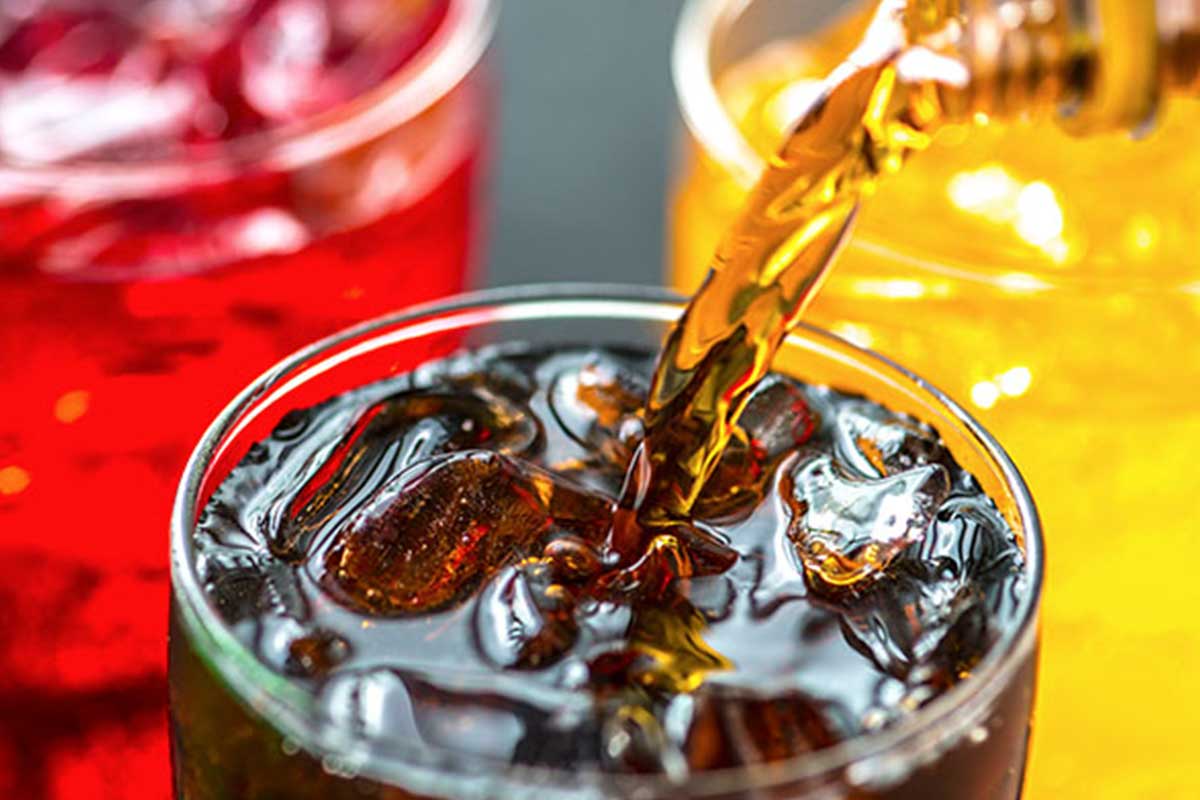
Flavor Enhancers
In addition to its acidic properties, citric acid contributes to an improved flavor profile in both food and beverage applications. It's often added to fruit juices, candies, and carbonated drinks to intensify their fruity or tangy taste.
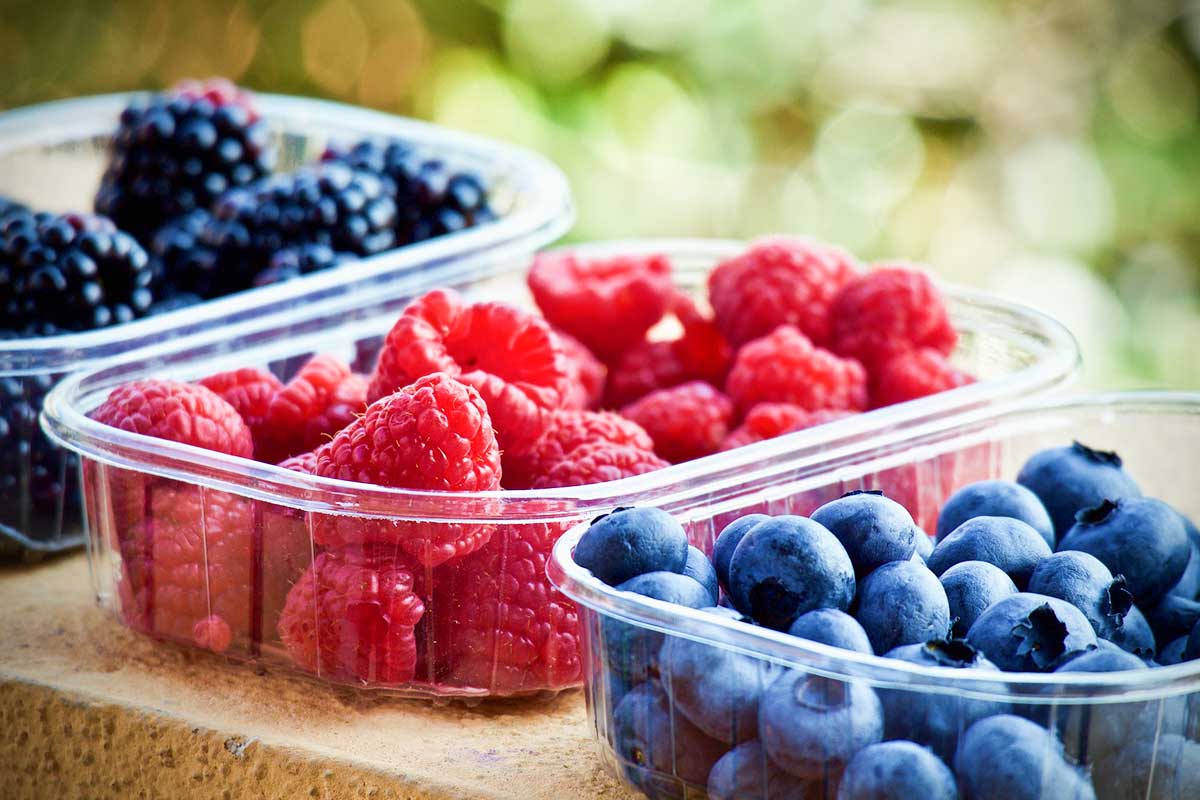
Chelating Agents
Citric acid forms complexes with metal ions, serving as a chelating agent. It helps prevent metal ion-catalyzed oxidation and discoloration in certain food products, such as canned fruits and vegetables, where it binds to metal ions like iron and copper.

Buffering Agents
Citric acid and its salts, such as trisodium citrate, are used as buffering agents to control the acidity or pH of food and beverage formulations. They help maintain stable pH levels, ensuring consistent taste, texture, and color in products like jams, jellies, and gelatin desserts.
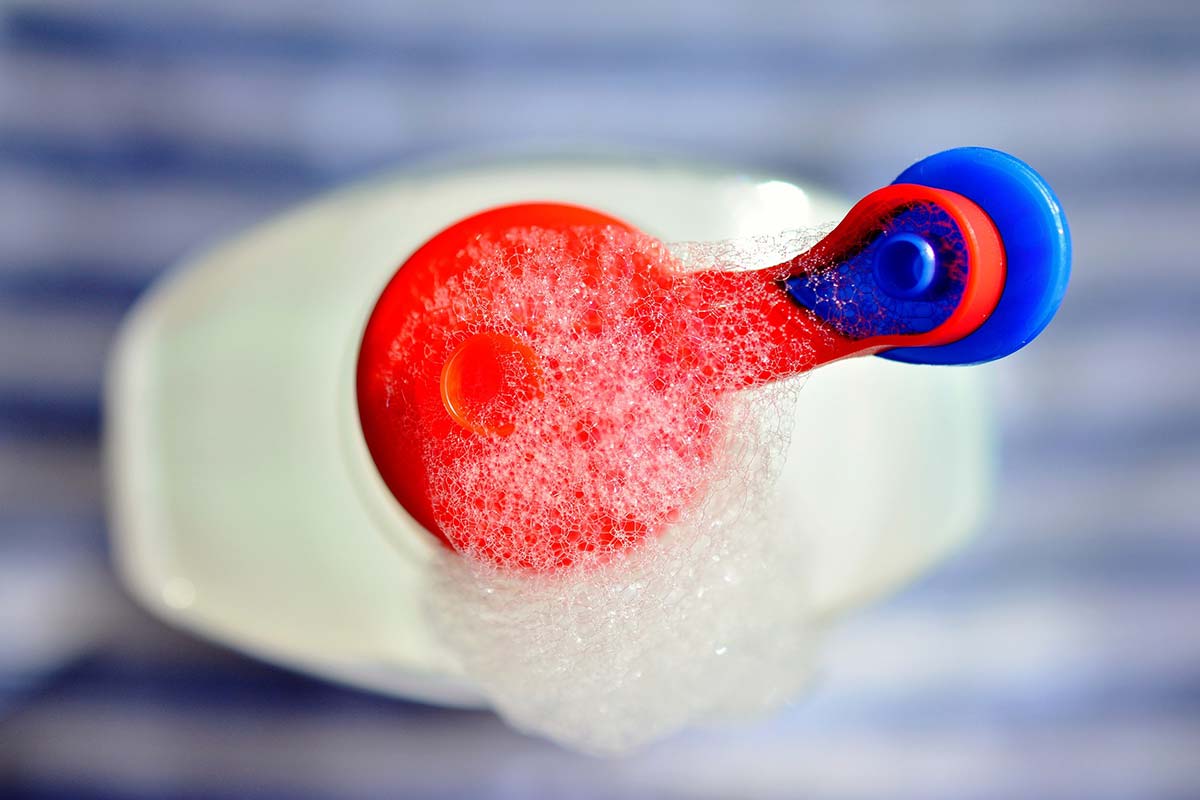
Cleaning Agents
Citric acid's chelating properties and acidity make it ideal for removing mineral deposits, scale, and rust from surfaces. It's commonly found in household cleaning products like coffee maker descalers, dishwasher cleaners, and toilet bowl treatments.

Emulsifiers
In some applications, citric acid assists in the emulsification of fats and oils, helping to create stable mixtures of ingredients in products like sauces, dressings, and processed meats.
FAQs
What exactly is citric acid and what are its sources?
This organic acid is naturally present in citrus fruits such as lemons, limes, oranges, and grapefruits, and can also be synthesized through the fermentation of sugars by specific bacteria and yeasts.
What function does citric acid serve in the realm of food manufacturing?
It serves multiple functions in food production, including enhancing flavor, extending shelf life, controlling acidity, and acting as an antioxidant and preservative.
Which foods commonly contain citric acid?
It is commonly found in a wide range of processed foods and beverages, including soft drinks, candies, jams, fruit juices, canned fruits and vegetables, sauces, and dairy products.
Is the consumption of citric acid considered safe?
Certainly, citric acid is widely acknowledged as safe (GRAS) by regulatory bodies when utilized in accordance with good manufacturing practices. Nonetheless, certain individuals might exhibit sensitivity to elevated levels of citric acid or its derivatives.
Is citric acid permitted for use in organic food products?
Yes, it is permitted for use in organic foods in many countries, provided it meets the specific regulations and standards set forth by organic certification bodies.
How is citric acid listed on food labels?
Citric acid can be identified on food labels either by its common name "citric acid" or by its European food additive code, E330.
Are there substitutes for citric acid in the manufacturing of food?
Yes, some alternative acids and preservatives can be used in food production, such as acetic acid (vinegar), tartaric acid, malic acid, and ascorbic acid (vitamin C). However, each may have different properties and applications.
